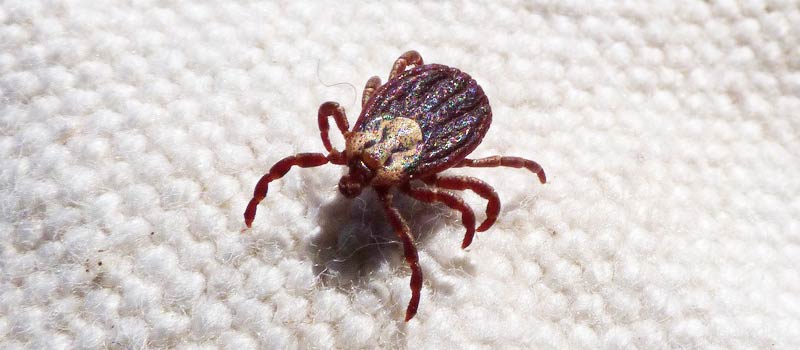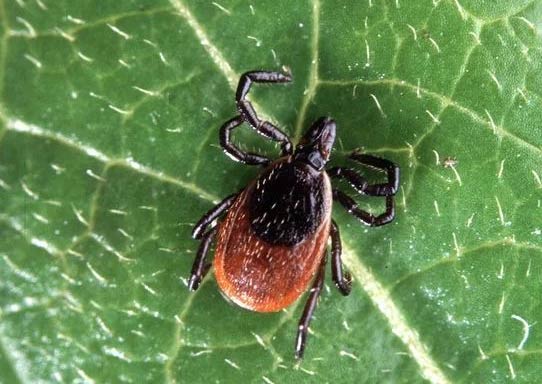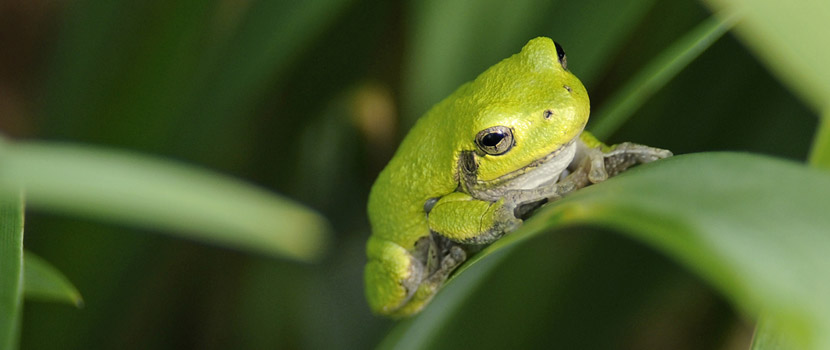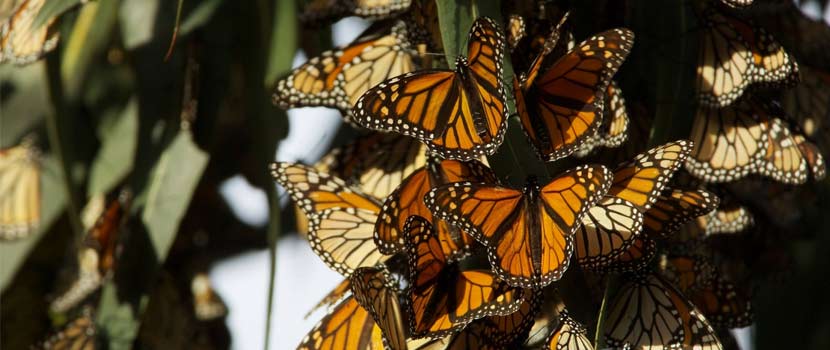
Three Rivers Park District provides people the ability to get out into the great outdoors through parks located so close to the metro that many users can access them by walking or with a short drive.
We know that there are many benefits to getting outside, but there are a few risks, too and ticks are one of them. Luckily, with a little knowledge on the subject, you can ensure you keep your distance from these little critters!
There are two main species of ticks that can be found in Three Rivers Parks. The wood tick, which is also known as the American dog tick, and the black-legged tick, which is also known as the deer tick.
What's the Difference Between Wood Ticks and Deer Ticks?


Being able to distinguish between these two species of ticks is important because the wood tick does not typically carry diseases that can be transferred to humans during a bite. Whereas the black-legged tick has the potential to transmit Lyme disease and serves as a host of co-infections, such as anaplasmosis and babesiosis, through its bite. This usually takes 24 to 48 hours to occur.
So how can you protect yourself from these little biters? Obviously if you find one attached you will want to pull it off as quickly and cleanly as possible and if it is a deer tick, seek medical attention as soon as possible. Protecting yourself starts before you are bit and preventing the bite is your first and greatest defense.
6 Ways to Protect Yourself and Prevent Ticks
- Wear long pants and light-colored clothing. This allows yourself to quickly see and remove any ticks that are on you before they are able to bite and become attached.
- Wear tick gaiters or tuck your pants into your socks. Ticks are found in long grass or in the woods and when you brush up against vegetation, ticks grab onto you. By preventing them from going up your pant legs, you are making it a lot harder for them to reach skin elsewhere on your body. They are not able to bite through clothing.
- Use insecticides such as DEET or permethrin. These products repel ticks and keep them from wanting to crawl onto you. Be sure to follow your chosen product labels to keep yourself safe.
- Check yourself at the end of the day and put your clothes in the dryer. Heat from the dryer will dehydrate ticks quickly and kill any that may be on your clothing. Checking yourself well at the end of the day will ensure that you find any unwanted hitchhikers.
- Protect your pets with a flea and tick pest control and check them for ticks to not only keep them safe, but to also prevent ticks from coming into your house via your animals.
- Be aware of the symptoms. Lyme disease and similar co-infections can be scary, but in most cases they can be treated easily with a dose of antibiotics, especially if they are diagnosed early. Symptoms can vary from person to person, but common symptoms include:
- an expanding circular rash
- fever
- joint and muscle pains
- headache
- chills
- fatigue
- swollen lymph nodes
Ticks are a part of nature, but they are a risk that can be easily mitigated in order to protect yourself and ensure you are able to enjoy our parks and keep yourself safe.
For more information, visit Metropolitan Mosquito Control District.
About the Author

Steven Hogg is the Wildlife Supervisor at Three Rivers Park District and has been working for the Park District for 13 years. After graduating from the University of Alberta with a degree in Environmental and Conservation Biology, he moved to Minnesota to marry his beautiful Minnesota bride. Steven has always had a passion and dedication for wildlife, even when he was young. This passion is what lead him into a career where he strives for the proper orchestration of research, management, and politics to ensure natural resources and wildlife are given a voice. In his spare time, which there is little of with his three kids, Steven likes to farm, hunt, and fish.
Related Blog Posts
Frog Tongues — A Sticky Situation
By: Brandon Baker
The arrival of spring brings with it the call of frogs! Learn how these amazing creatures survive winter and find out the truth about frog tongues.
Why Do Some Trees Keep Their Leaves Through Winter?
By: Paul Kortebein
Now that fall is long past, why are some trees still hanging onto their leaves? Learn what's happening in these trees and why it may be beneficial to them.
Pollinators: The Great Monarch Migration
By: Elaine Tucker
Have you ever wondered what a monarch tag is or why we tag monarch butterflies? Read on to discover more about these beautiful insects and their incredible 2,000-mile migration.



